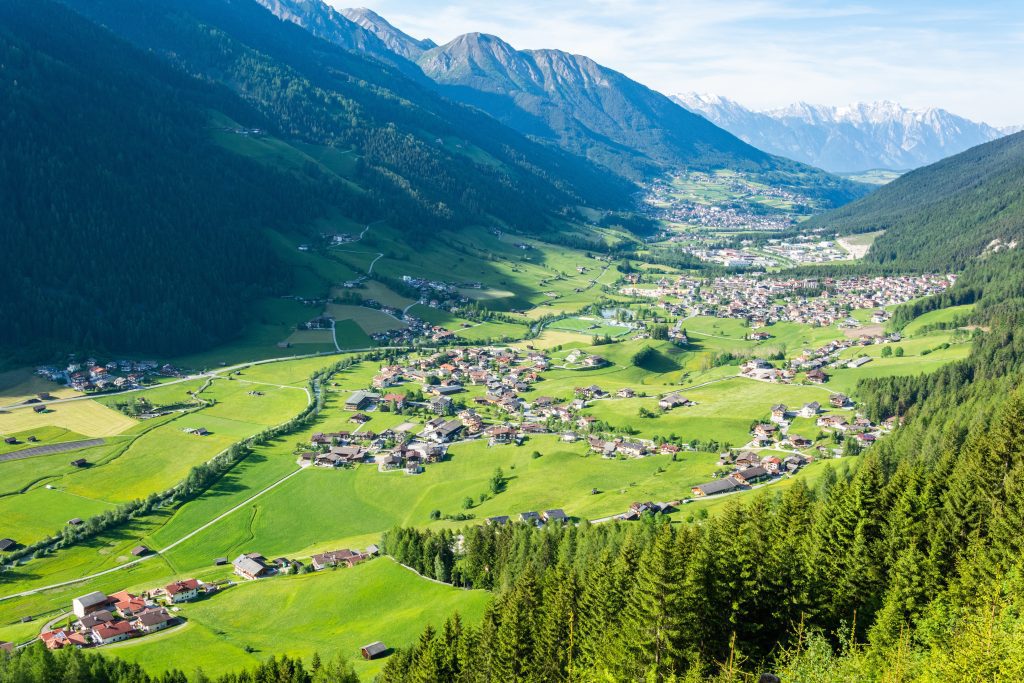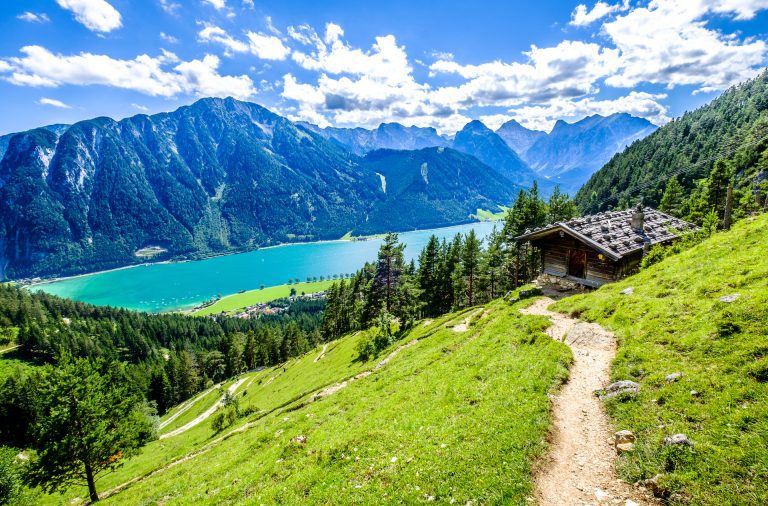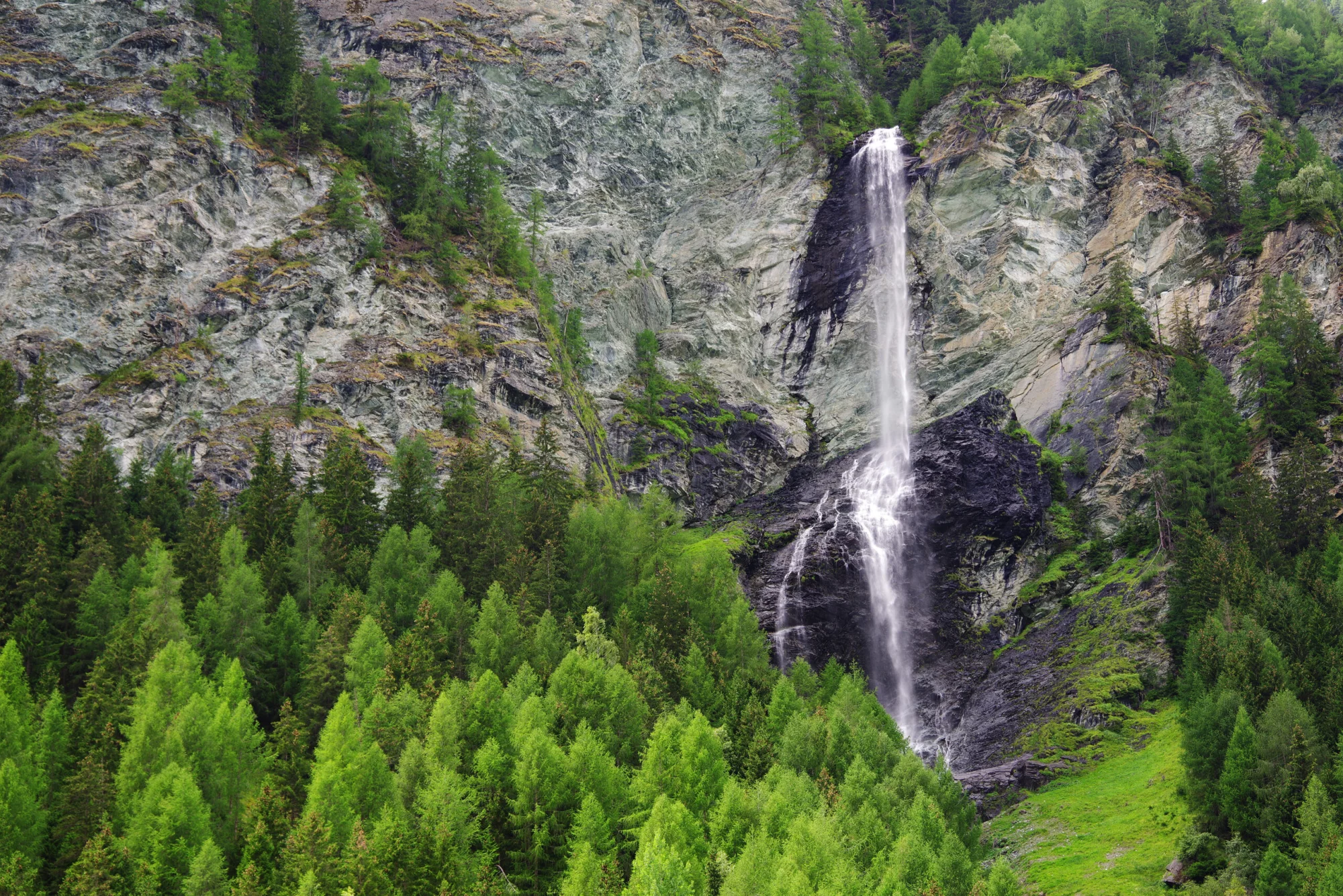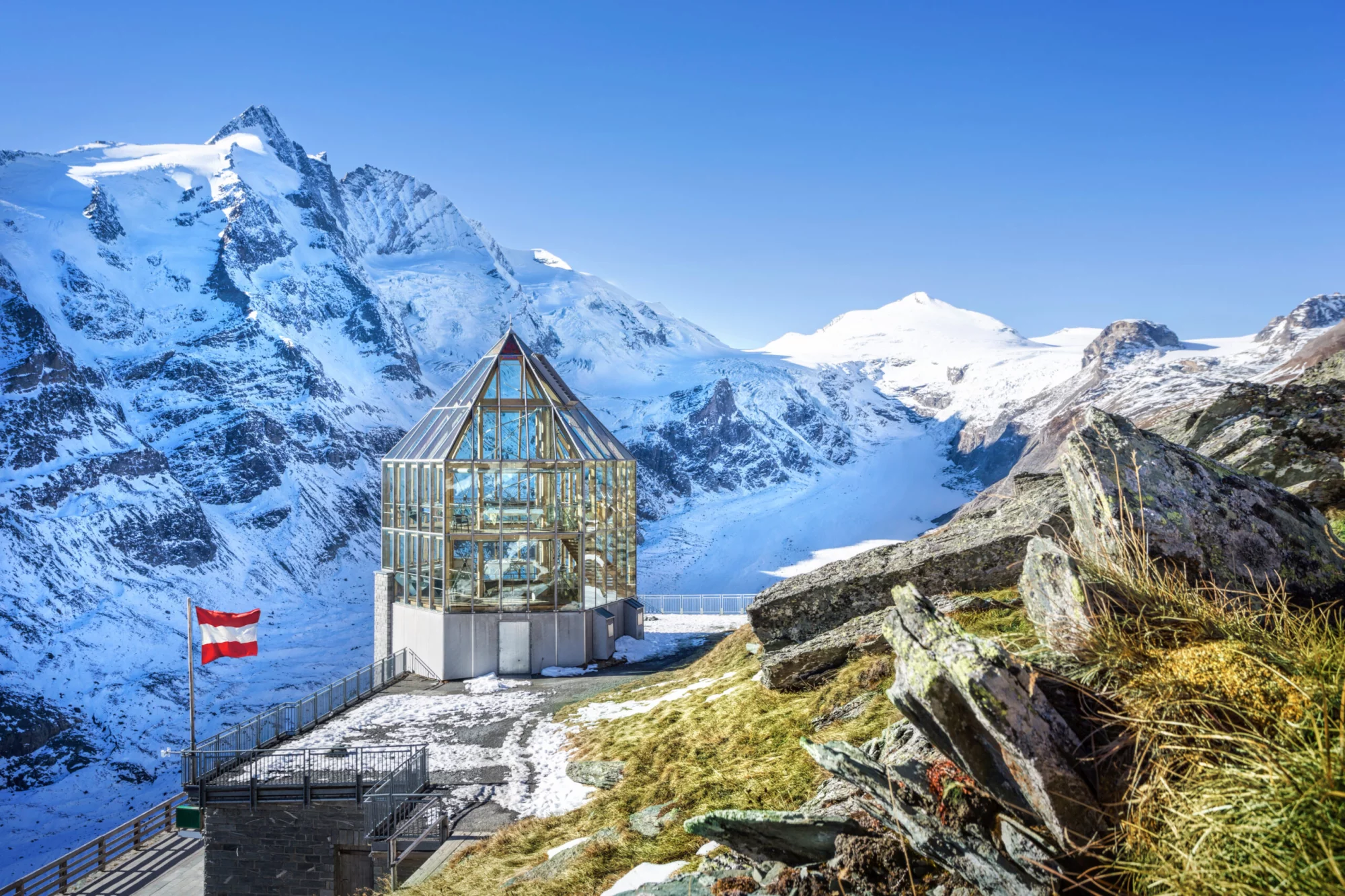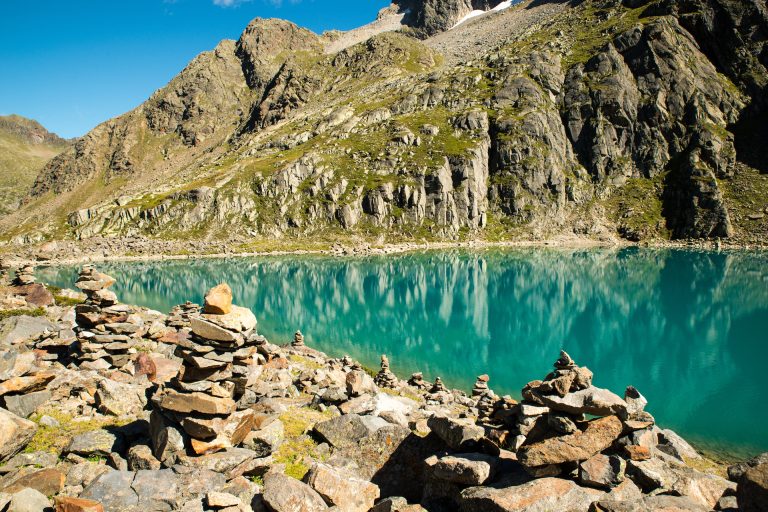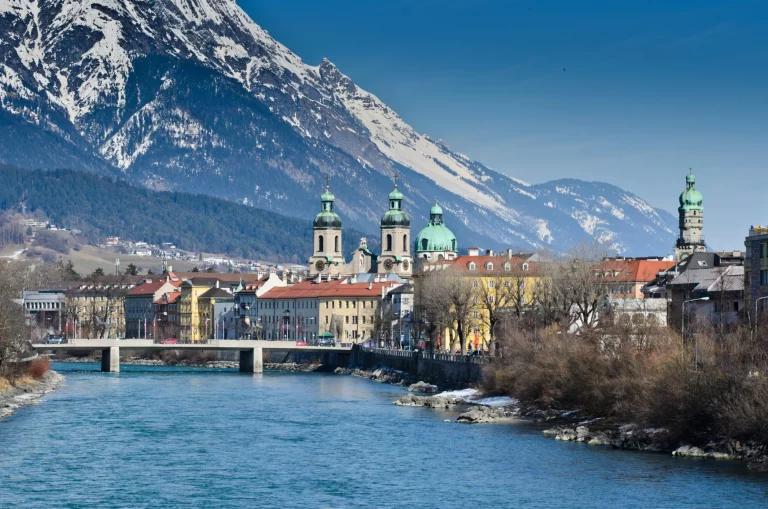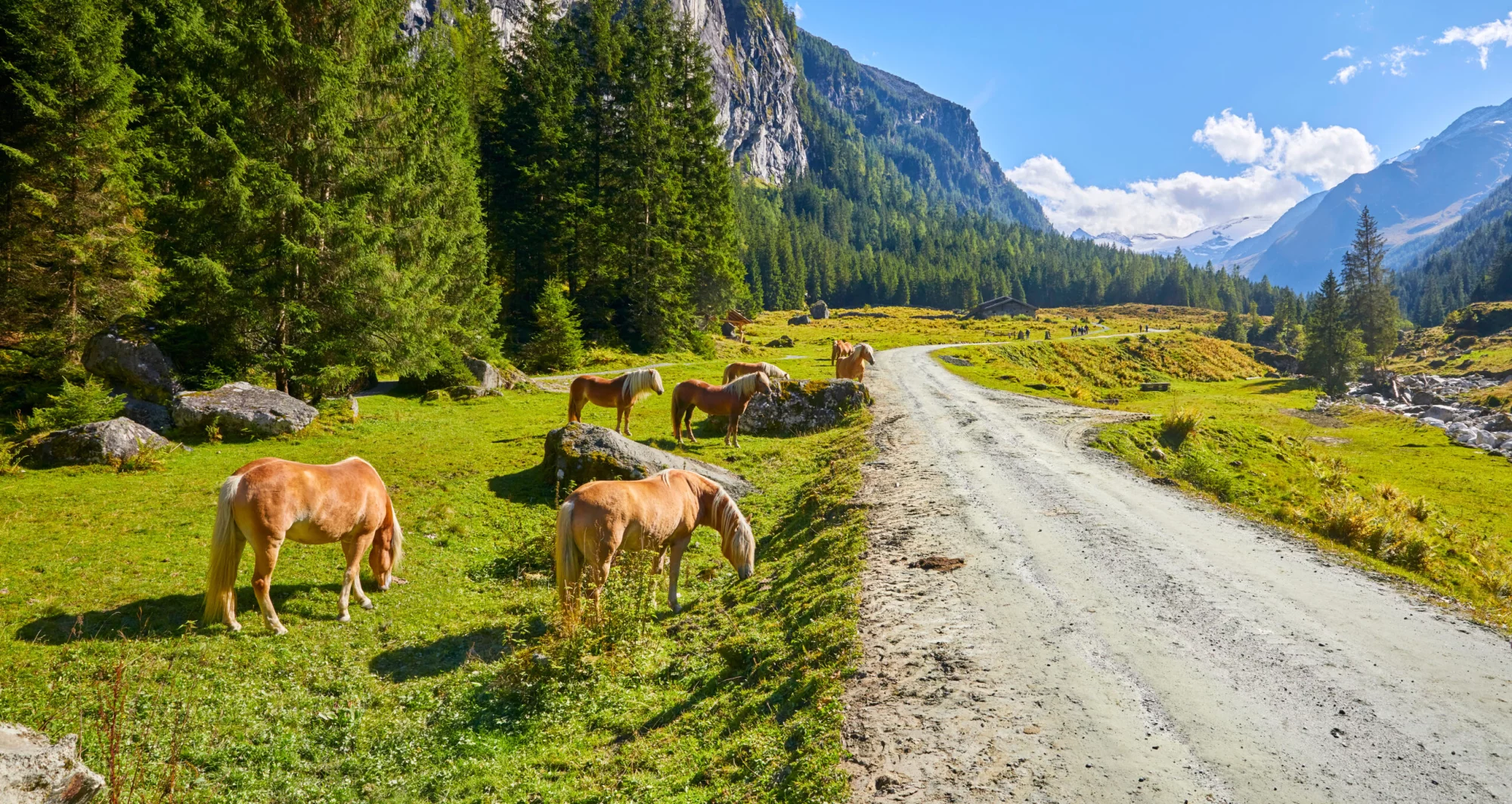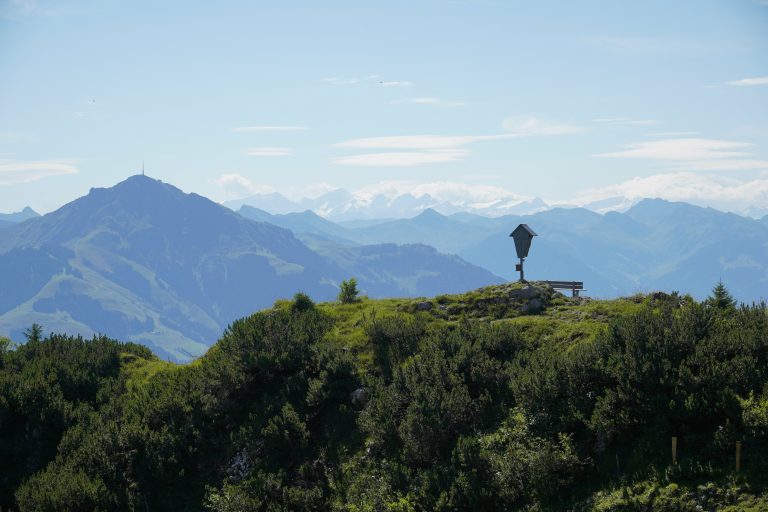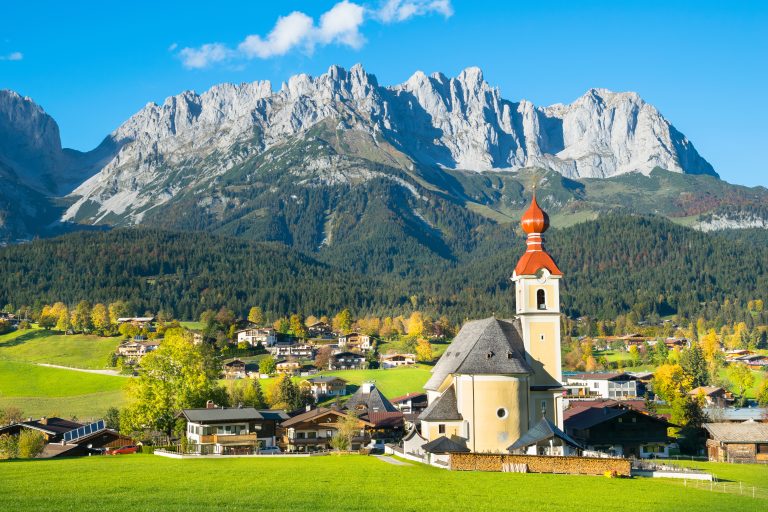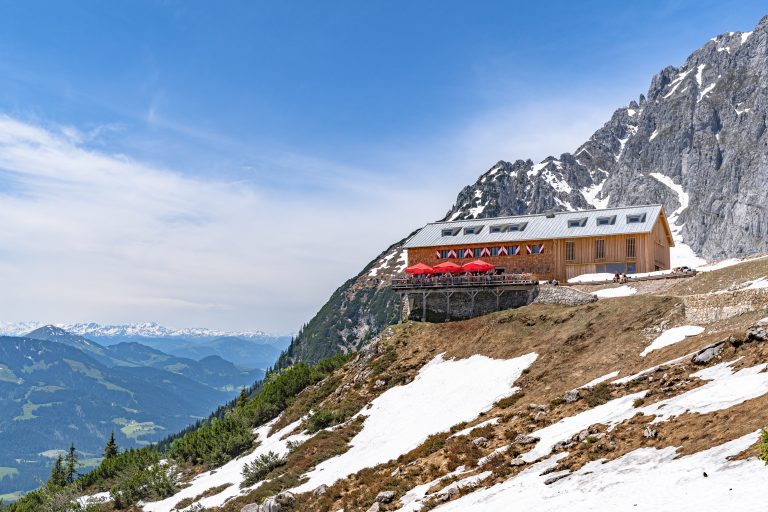
Stubai High Trail
Experience true alpine hospitality in traditional mountain huts
Traverse the awe-inspiring landscapes of the Stubai Alps, from the Kalkkögeln to the granite mountains of the Stubai Main Ridge
Discover vibrant alpine meadows and lively streams
Delight in the authentic flavors of Tyrolean cuisine served in the heart of the mountains
Conquer well-marked trails and feel the thrill of the ascent
Capture unforgettable panoramic views at every turn
Itinerary
Start your adventure as soon as you get off the bus in the charming village of Neustift in the Stubai Valley. You’ll take a cable car up to the Schlick 2000 mountain station. From here, a 1.5 to 2-hour hike through scenic trails will lead you to the Starkenburger Hütte. This cozy alpine hut, boasting panoramic views of the Stubai Mountains, marks the beginning of your Stubai High Trail journey.
3.5 km and 310 m elevation gain / 180 m elevation loss
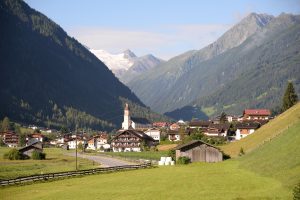


Embark on a long but rewarding journey from Starkenburger Hütte to Franz Senn Hütte, taking you to the granite mountains of the Stubai Main Ridge and marking the first stage of the Stubai High Trail. The trail begins with a climb towards Seejöchl, navigating through rocky terrains and scree fields. A series of zigzags then lead you down to the Rote Wand, followed by a gentle descent to Seducker Hochalm. The final part of the trail takes you across the Villergrube and along the inner Oberberg Valley‘s slopes. After a day of new experiences, you’ll reach the Franz Senn Hütte, where you’ll spend the night.
15 km and 690 m elevation gain / 770 m elevation loss



The second stage of the Stubai High Trail takes you from Franz Senn Hütte to Neue Regensburger Hütte. The trail starts off level until you reach the Kuhgschwetz, where the ascent to the Schrimmennieder begins. The trail then descends to the upper Platzengrube, traverses to the eastern edge, and ascends again to the Schrimmennieder. Drink in the view of the Stubai Main Ridge from the Basslerjoch! From there, the trail winds down to the Querweg, leading you to the Neue Regensburger Hütte.
9 km and 600 m elevation gain / 470 m elevation loss
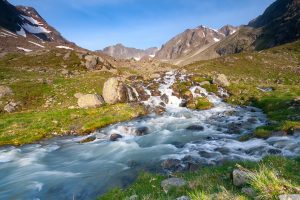


Today is the time to leave behind the Regensburger Hütte and head towards the Dresdner Hütte, slowly approaching the stunning glacial landscape. The trail begins by leading you through the valley alongside the Hohes Moos and then up towards the mountain lake Falbesoner See. Then, it crosses the valley below the Hochmoosferner and leads to a steep ascent up to the Grawagrubennieder. From there, you pass below the mountain lake Mutterberger See and descend to the bottom of the Glamersgrube, ascending again on the other side through the Wilde Grube into a saddle and down to the Dresdner Hut.
13 km and 1030 m elevation gain / 1010 m elevation loss

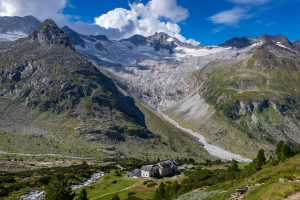

Starting from the Dresdner Hütte, you’ll head towards the middle station of the Stubai glacier cableway. After crossing a bridge over the Fernaubach, you’ll descend through scree fields to the Großer Trögler / Peiljoch fork. The trail then zigzags up to the summit, followed by a descent to the Sulzenau Hütte, secured by ropes.
5 km and 420 m elevation gain / 535 m elevation loss



Day six is technically more demanding than the previous one, but most hikers find this stage the most scenic on Stubai High Trail. First, you will descend towards the Grünausee, the largest lake in the Stubai Alps. After that, you can choose between two similarly challenging options.
You can ascend the Niederl mountain pass or head in the direction of the Mairspitze mountain peak, which you can conquer if you choose to do so. Both paths get relatively steep below the highest point, so there is some height exposure. You will not have to climb or scramble, but it is essential to be sure-footed to avoid falling, but there will also be a fixed cable to help you pass the most technical ground. On the other side of the ridge, you will descend along a more pleasant path to the Nürnberger Hütte and spend the night.
5 km and 650 m elevation gain / 550 m elevation loss



As you hike along a vast area of glacial erosion on the seventh day, you will witness the sheer force and effect of the glaciers on the shaping of the alpine landscape. You will even pass an area called Paradise. After ascending above 2700 meters of elevation at Simmingjoch mountain pass, you will lightly descend to Bremer Hütte to lay down your backpack for the night.
5 km and 600 m elevation gain / 450 m elevation loss


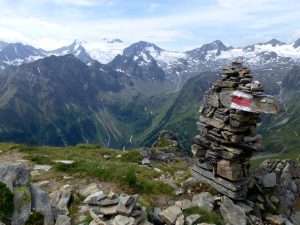
Today’s stage is long after the last two shorter days. Experienced hikers can take the technical route past the Lauterersee Lake, equipped with fixed steel cable and rungs, while the others will take the usual trail. The paths merge again on the next slope. After that, you will follow an up-and-down path below the Trauljöch ridge. When you conquer the ascent to the Pramarspitze, one last climb awaits. From the top of it, you will already see the Alfaiersee Lake and Innsbrucker Hütte not far off. A well-earned rest will be only a short descent away.
9.5 km and 800 m elevation gain / 850 m elevation loss



For your last day, you have two options. After descending to the Pinnistal valley, you can either continue along the Pinnisbach stream to Neder or ascend to the Elferhütte on the other side of the vale. Then, you can take a cable car to Neustift from the Elferlifte mountain station and conclude your adventure on the Stubai High Trail.
8.5 km and 400 m elevation gain / 740 elevation loss



Pricing
Included in price
8x accommodations with breakfast
Tour design and organization
Booklet with detailed itinerary and route instructions
Service and support during your hike
GPS navigation with an easy-to-use app
What to bring to the tour
Description
Experience the magic of the Austrian Alps on the Stubai High Trail. This hut-to-hut hiking adventure takes you through some of the most breathtaking landscapes in Austria, offering panoramic views of the Stubai Alps, serene mountain passes, and the tranquil beauty of the Stubai Valley.
As you traverse the trail, you’ll encounter lively streams, expansive valleys, and the awe-inspiring sight of the highest mountain peaks in the region. Despite the physical demands, the trail’s beauty and the sense of accomplishment make every step worth it.
The Stubai High Trail is a moderately challenging hike, requiring physical preparedness and mileage to overcome some technical sections. Spanning 79 km, with daily hiking distances ranging from 5 to 15 km, it overcomes almost 6000 meters of elevation.
At Hut to Hut Hiking Austria, we are aware of how planning a multi-day hike can be daunting, especially in a foreign country. That’s why we’re here to make your experience as seamless as possible. We oversee hut availability and handle all your accommodation bookings in the mountain huts.
We provide a detailed written handout with a day-by-day itinerary and GPS navigation through a user-friendly app. We also offer local recommendations and solve any logistical issues that may arise, allowing you to focus on the adventure ahead.
With the majestic peaks of the Stubai Alps as your backdrop and the promise of adventure at every turn, there’s no time like the present to conquer the Stubai High Trail. After all, the mountains are calling, and we know you must go!
Map
Things to know
The hiking season usually lasts from mid-June to late September. It depends on the snow conditions in the higher sections of the Alps, as lots of hiking routes go over high mountain passes. You should check the current situation if you are visiting in early summer, especially for Stubai High Trail, as large parts of the route run above 2000 meters of elevation.
The huts close their doors once the season ends as well, so you cannot plan any multi-day tours outside this time window.
Read more about the hiking season in Austria here.
We’ve rated our tours on a difficulty scale from 1 to 5 — with 1 being the easiest and 5 the most difficult.
The difficulty level of a tour tells you how fit you need to be and how much hiking is involved. Most of our tours are appropriate for people who are regularly active and can hike for about five to seven hours per day.
Technical difficulty means how skilled you need to be to hike on the path. Level 1 means the trail is smooth and wide (like a gravel road), while 5 means the surface is uneven and exposed, and you have to use your hands to help yourself move forward. In practice, that means that the higher the level, the more surefooted and skilled in scrambling you need to be.
You should book your tour as soon as possible, as many accommodations along the trail fill up quickly. That way, you can ensure that you have a place to stay.
In case of an injury, it is best to call the local emergency services. You might find yourself in the wilderness, unable to continue without worsening your situation.
Do not worry too much, though. You will be hiking along popular trails, so you will not get stranded even if something happens.
On the other hand, if you feel too tired to continue hiking, you can always stop in any of the towns and villages along the way and use public transport to get to where you want to be in Austria.
Most huts along our hut-to-hut hikes are equipped with showers, but they might be a matter of whether there has been any rainfall lately. Do not expect too much, as mountain huts are not luxurious hotels.
Read more about the mountain huts here.
No. The huts provide blankets and pillows for comfort. However, you should bring your sleeping liner so they will not have to wash their bed linen every day.
Cell reception is unreliable in the mountains. If you can see a town, you will likely have a reception. The same goes for mountain huts. If you cannot get it inside, try stepping outside. Wifi is available only at select lodges; most do not have it.
If you dress appropriately, most stages can be done even in light rain. However, if a storm is forecasted, do not hike. In that case, you should wait until the storm passes, even if that means spending a day at the hut.
If you’d like to eat a vegetarian meal, it’s usually available at most accommodations. Vegan options are harder to find in huts, but we’ll let you know about them in advance so you can plan accordingly.
We do not demand that you have insurance before booking, but it is advisable to do. Joining the Austrian Alpine Club gets you covered in case anything unexpected happens to you on your way.

Self-guided
Hassle-Free
Book with confidence
Tried & Tested Adventures
Unbeatable support
Similar Austria Hiking Tours










